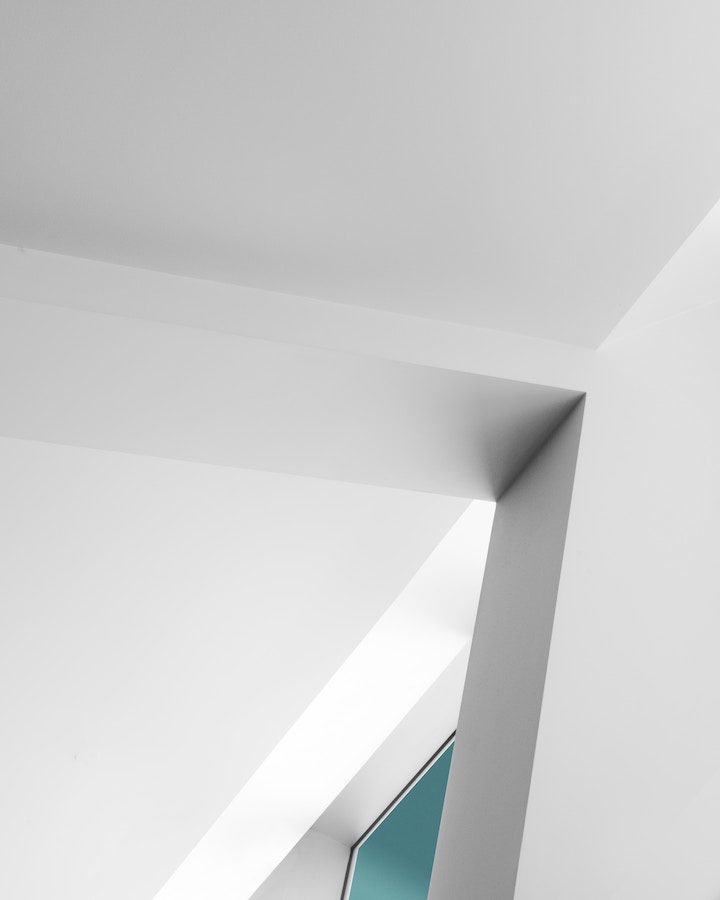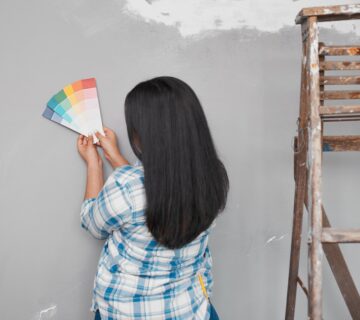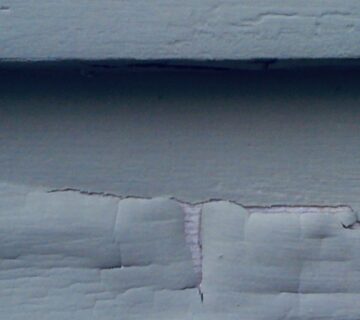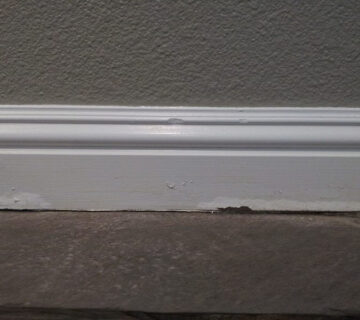De-stress the Idea
Make sure that the ceiling needs to be painted in the first place.
Are you Painting your Walls?
If so, I definitely recommend painting your ceiling. Think of your ceiling as another wall in the room. Would you skip painting any other walls? Of course not. And, once you get that fresh coat of paint on your walls, I guarantee you will not want to revisit the project by attempting to paint the ceilings later on down the road. Taping off walls and protecting them from splatter is a chore in and of itself.
Should you Skip Painting the Ceiling?
The only time I recommend skipping the ceilings is if they have been recently painted AND the wall color will flow with the existing ceiling color. If the ceiling color does not match the new wall colors, I recommend painting the ceiling.
If you have a water leak or other damage you need to paint over, you may not need to paint the walls. In this case, you will have to cover all your walls with plastic to protect from splatter.
Get Awesome Results
1. Use the right equipment
I can’t stress this enough. You need the correct size extension pole to attach to your roller handle. This will make life so much easier. This will also keep you off the ladder because you can paint the ceiling from the floor (unless you have really tall ceilings). You also need the proper ladder.Make sure it’s the correct height for the job and that it’s sturdy and set up properly. I recommend a good quality brush and rollers as well.
2. Completely cover the floor (and your belongings) with drop cloths, paper or plastic
Save yourself the hassle from having to move around drop cloths by covering the entire floor and furniture before you open the can of paint. The centrifugal force of the roller will throw tiny droplets of paint that will splatter everywhere. Think ahead and cover all exposed surfaces.
3. Use a high-quality ceiling paint
You don’t need the most expensive paint, but if you go too cheap, you might not get the coverage you need. I recommend Benjamin Moore’s Ceiling Paint.
4. Cut in first
Use a brush to cut in the edges, the corners and around light fixtures or other hardware. Choose a container that will fit comfortably in your hand. Pour paint off from your gallon into your container but only fill about 1/3 full. Dip your brush into the container, covering just the ends of the brush – only dip in about ½ inch or so. Don’t overload your brush. Apply the paint around the perimeter of the room with your brush and around any fixtures.
5. Roll out an even coat
The best way to get an even coat is to evenly coat your roller when you are loading it up. Apply the loaded-up roller in an N or W pattern, then go back and roll over it to spread it out. Work your way from one side of the room to the other until your entire ceiling is covered. Do not worry if it looks uneven while it’s drying. Once it’s dry, it’ll look much better.
6. Paint two coats
After you’ve done all the work to get the first coat on, it might be tempting to say “done is better than perfect” but in this case, let’s just do it right. The second coat is half the work of the first coat and it’s the step that’s going to take your hard work to next level. I almost always recommend two coats. If you want a professional looking job, paint the second coat.
I hope these tips help you achieve the results you are looking for. And remember, we are always more than happy to bid the job for you!





No comment